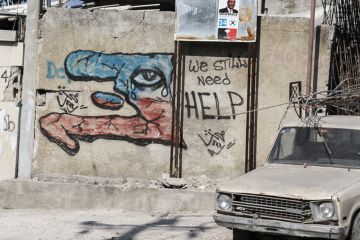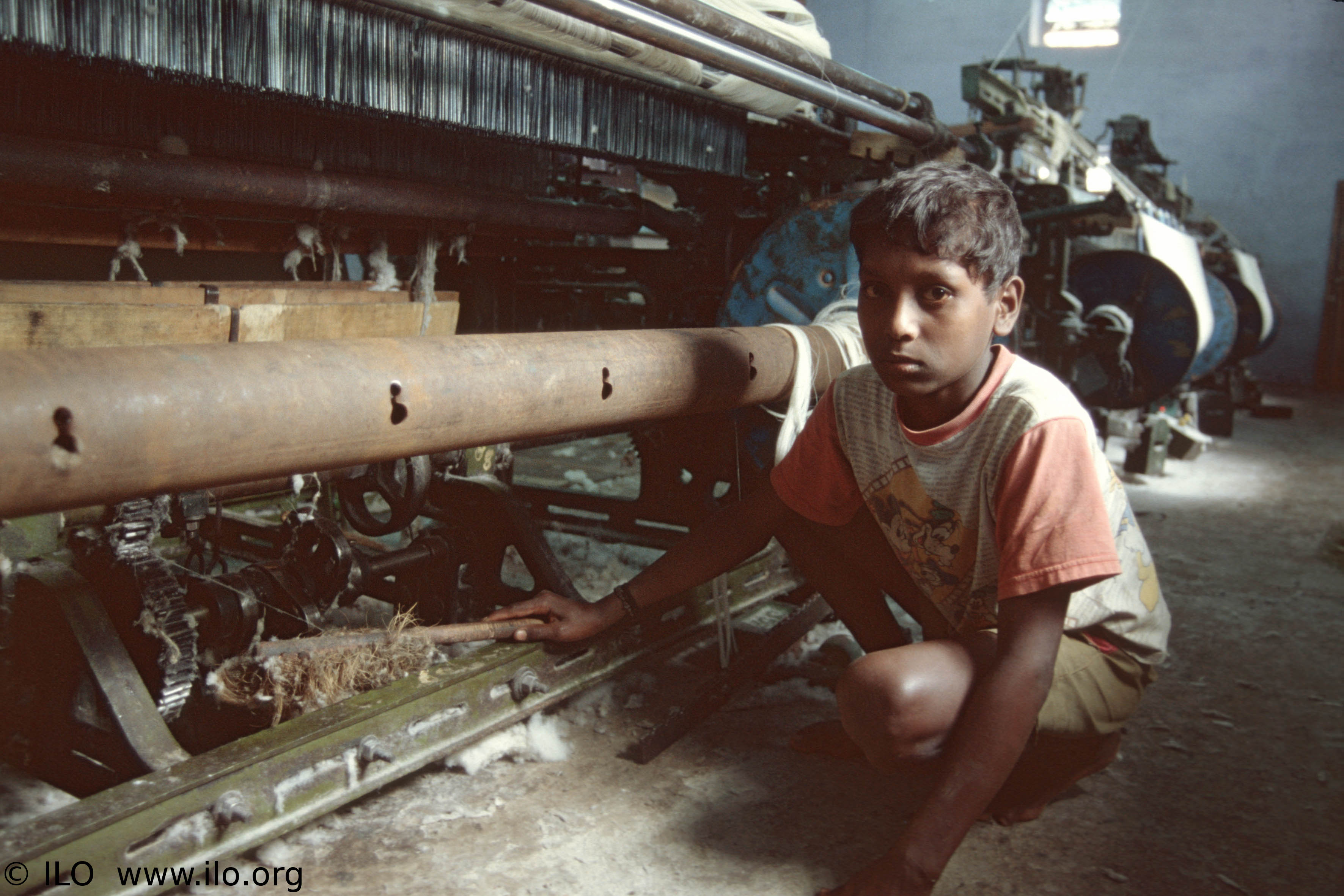Helen Betty Osborne’s life brutally ended when she was only 19 years old. Helen was a high school student from the Norway House Indian Reserve. She was abducted and viciously murdered on a cold November morning near The Pas, Manitoba. It was not until December of 1987, more than 16 years after her death, that one of the perpetrators; Dwayne Johnston was convicted and sentenced to life imprisonment. The other three men were never charged. Helen’s tragic case is one of the thousand cases of missing or murdered Indigenous women in Canada.
In May 2014, the Royal Canadian Mounted Police (RCMP) released the first report on missing and murdered Indigenous women. The report stated that between 1980 and 2012, 1,017 Indigenous women were murdered. This is a homicide rate almost four times higher than that of all other women in Canada. A further inquiry conducted by the Native Women’s Association of Canada (NWAC) states that the number of murdered Indigenous women is closer to 4,000. The doubted figure released by the RCMP is incomplete. In a Canadian Government survey conducted in 2004, Indigenous women reported three and a half times higher rates of violence, including sexual assault, than non-Indigenous women. This staggering statistic is both significant and disturbing.
Despite the alarming statistics, the murders and crimes against Indigenous women are ignored by the government, pushed into the margins and too often forgotten. It is not acknowledged by mainstream media or acted upon by state authorities to ensure the safety and protection of these women and their vulnerable positions in society. This is a Canadian problem.
The federal government recently released a statement claiming they will be taking concrete steps towards protecting the fundamental human rights of Indigenous women. In December of 2015, the federal government announced the launch of the National Inquiry on Missing and Murdered Indigenous Women and Girls. Widespread discrimination, racism, poverty and marginalization expose indigenous women to heightened risks of violence. These are not new concerns facing Indigenous women in Canadian societies and for decades Indigenous organizations have declared that First Nations, Inuit and Métis women are exposed to higher rates of violence, sexual abuse and disappearance than all other women in Canada.
The heightened risk of violence for Indigenous women is the product of a combination of factors, all of which are rooted in Canada’s colonial legacy. A history of discriminatory government policies, such as the ‘cultural apartheid’ of the residential school system have broken Indigenous families and communities. Drug addiction, alcoholism, prostitution and homelessness are too often a fate that Indigenous women can’t escape. There is no way out. This experience of socioeconomic marginalization has lead to racist and sexist stereotypes which, in turn creates fertile ground for the exploitation of Indigenous women. This has been the haunting reality for far too many decades.
A history of underreported homicides and the failure to investigate suspicious missing persons or deaths by Canadian police is a critical factor in the inquiry of missing and murdered indigenous women. The distrust between Canadian police and Indigenous communities is so deep seated that in some cases, Indigenous communities do not report missing women or girls because of their negative history with the police. The inconsistent reports made by the police is a careless disregard of the fundamental rights of Canadian Indigenous women and girls. It is the responsibility of the Canadian government to take action when these brutal acts are carried out, and ensure safety and protection to all women.
The government inaction and inadequate police response to missing and murdered Indigenous women is a failure to ensure the rights and safety of these women in Canada. Government and police accountability must be upheld for the inquiry to succeed. This is an issue that should concern all Canadians. A comprehensive national action plan is the only approach. An approach that covers the multiplicity of historical problems in Indigenous communities throughout Canada.




